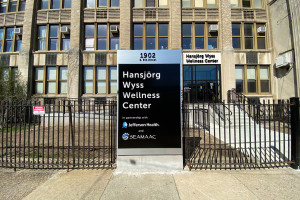Raise the Stakes By Joining the Right Business Groups
We only have so many hours a week for networking and according to the Association of Association Executive Directors, there are over 10,000 trade associations, not to mention Chambers of Commerce, Rotary clubs and other organizations that can help you develop business relationships. In fact, if you just tried to attend one event per day from every trade association, it would take more than 27 years.
With so many organizations to join and places to spend your money, you need to develop a criteria for selecting the right organization. Here are 10 criteria to follow:
- Business focus: Make sure the focus of the organization matches your client profile or at least provides access to potential clients.
- Organizational level of members: Are the members of the organization at the level you need to network. For example, a lot of Chambers of Commerce attract a lot of sales and other non-check writers. Rotary clubs are full of retirees. There’s nothing wrong with these groups, you just have to decide if the level is right for your business.
- Average revenue of members: Are the member’s small businesses, mid-size or large? If you go to a chamber, the businesses are typically small. Organizations like the Association of Corporate Growth cater to medium-size businesses and private equity groups that buy and fund them. Meanwhile, the U.S. Chamber works with Fortune 1000 companies.
- Meet check signers: It’s all well and fine if you meet people from the right size and type of organization, but your ultimate goal is to get in front of check signers. You will find out that many times the check signers aren’t the users of whatever product or service you’re selling. Still meeting the check signers can get you to the users and in concert with the check signers you can get a new client.
- Meet client influencers: Client influencers are a combination of outside consultants like specialists such as HR and IT consultants and accounts and lawyers. They can open doors to the right people.
- Speak at seminars: Check to see if there are seminars that you can speak at that don’t require you to pay a sponsorship fee. The best organizations are usually running many educational events. Some even run events for continuing education credit.
- Write for publications: A lot of organizations have print magazines, e-newsletters and blogs. They’re always in need of content. See if they allow members to contribute content.
- Serve on the board: Make sure the organization’s boards aren’t tightly controlled by a few then get on and serve on a few committees.
- Get access to the membership directory: There’s a good chance the membership directory provides e-mail addresses, phone numbers and other contact information about members.
- The cost can be worth it: Is the organization within your budget? Local chambers, rotaries and state trade associations are usually less than $500 a year, plus cost to attend events. Some national organizational memberships can be in the thousands. Don’t let the cost dissuade you if you can meet the right people.
If you can attend two or three events a week you can increase your database of contacts exponentially, which will lead new opportunities and clients. Happy networking!



